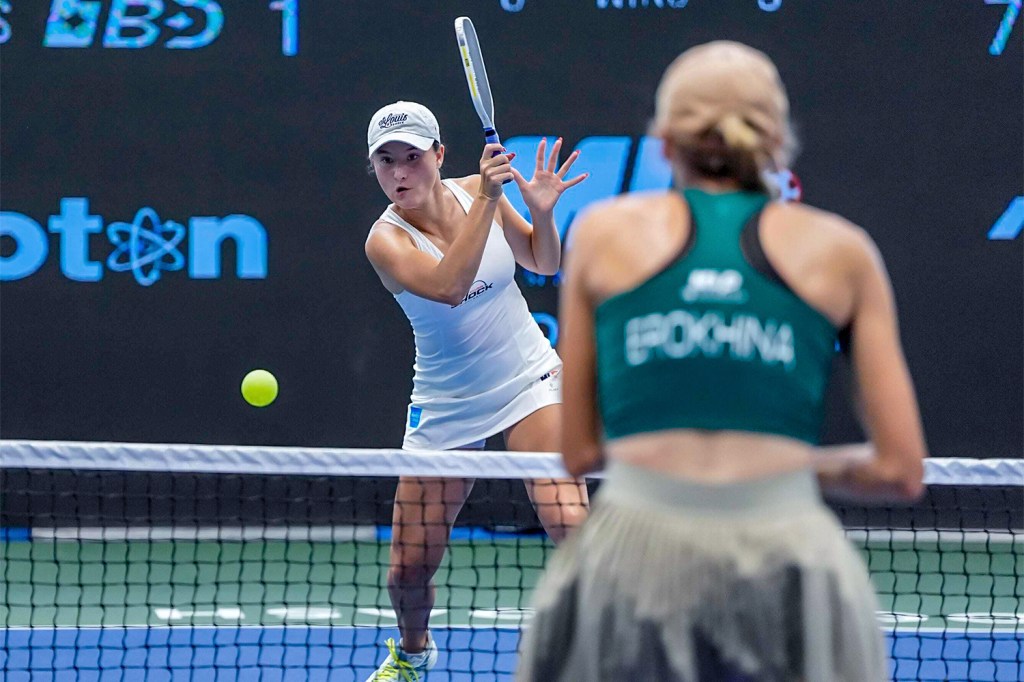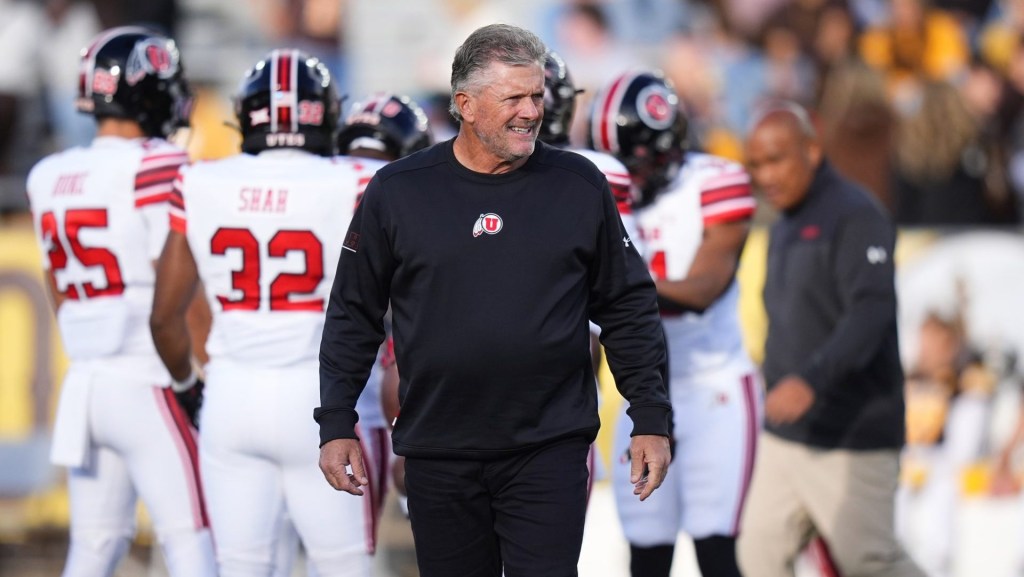2020 was set to mark the 13th year of the Washington Capitals college combine and fair, an event established in 2007 to encourage collegiate participation and educate parents and high school hockey players on the available opportunities. Instead, it marks the first virtual iteration of the event, one that has presented its unique challenges as well as opportunities.
The annual event is hosted in conjunction with the American Collegiate Hockey Association, or ACHA, which has over 500 college and university-affiliated men’s and women’s teams within five divisions – three men’s and two women’s – across 48 states and two Canadian provinces. Unlike NCAA hockey programs at schools, ACHA teams are not directly connected to a university or its athletic department and get their funding from student and player fees.
NHL teams are not allowed to work directly with NCAA institutions, but the team sees the ACHA as a partner that can provide families with an even wider variety of opportunities for varying skill levels. With increased uncertainty about the upcoming school year – and the sports attached to it – at both the high school and college levels, the event tried to ensure that its virtual programming could still sufficiently address as many questions and unknowns as possible.
“Especially in this time, parents have a lot of questions about things like when kids are going to get back on the ice with all the uncertainty and what recruiting is going to look like,” Jessie Thomspon, Capitals manager of youth hockey development, said. “The reality is that not every kid is going to go on to play NCAA hockey, so the goal of this event is to show kids of any skill level, whether they just started playing hockey in high school or have been playing since they were three, that if you want to continue playing, there’s an option for you.”
While those options may not yet be known to young players, the event is designed to help them sort it out.
“The challenge is convincing them that they need to plan and anticipate for any option – an option that has them going to college and high school this fall, an option that says they may still be doing distance learning,” George Mason head coach and ACHA board member Steve Hyjek said. “So I’m hoping that this will have them thinking about the fact that since we don’t know what’s going to happen this fall, plan for every option, and you’ll be better off.”
READ MORE: NHL Bankrolls College Hockey Expansion As Youth Game Explodes
While the on-ice combine element has been canceled this year, Washington worked to still maintain the other aspects virtually. The three-part program features a parent/guardian webinar which includes an information panel on the admissions process, financial aid, and ACHA hockey recruiting, as well as individual school Zoom calls with coaches and program representatives from programs about student life and the institution’s hockey program and a combine-style event for high school players to get on-ice time in front of coaches and teams.
Families and students will also receive a packet of PDF’s containing one-pagers of information from each participating school and program.
“Even virtually, it’s going to provide information that will help parents and players as they’re making one of the most important decisions of their life by giving them information they couldn’t get without the hockey fair,” Hyjek said. “The other thing that it does is it gives us a little bit of normalcy [during a] very challenging time. It’s something that they’re used to. And we know eventually, we’re going to be able to come out of our houses and go play hockey. So we’re just trying to make sure that we show these families and these kids that the Caps and this event are focused on where we’re going, not where we are today.”
Besides providing some normalcy at a trying time, the program’s virtual shift has brought unexpected benefits. In prior years, the event has predominantly welcomed teams and programs from the East coast due to the cost of travel. But that’s not the case this year as schools from as far as Michigan and Illinois are participating virtually.
“Even though the Caps help cover some of those costs, especially if you’re in Florida, it’s a tough go if you want to come to D.C. to participate in this,” Hyjek added. “But because it’s virtual, we literally have programs from across the country this year. I’m hopeful that the benefit of this is that we still do the in-person event, but we also include the Zoom piece and do that as a supplement to the in-person because it gives the kids a deeper bench to look at in terms of colleges and for the colleges, it’s an easy, frankly, inexpensive way to connect with kids in our area.”
The additional reach of the virtual approach has helped the programming continue to grow from with what Hyjek describes as “about 50 people and eight friends in hockey,” to more than 35 participating programs and 125 plus families since its inception. Even in a time without live hockey, the continuation also marks a commitment on the part of the Capitals to advance the game of hockey, a goal across all levels of the sport, even when it can’t be played.
READ MORE: Nationals Seek Momentum to ‘Finish the Fight’ Without Baseball
The goal to grow hockey transcends all levels of the sport but is particularly promising in the D.C. area, where, according to USA Hockey, youth participation in the region has increased by 221% since Capitals’ star Alex Ovechkin was drafted in 2004. The total number of individuals connected to hockey over the past five seasons increased to 22,144 players, coaches and officials. There are approximately 40 ice facilities in the area, with a total of 53 sheets of ice, several of which were refurbished with funding help from the Caps.
The growth of youth and high school hockey in the greater Maryland, Virginia, and D.C. area has made the region an attractive recruiting area for all college hockey programs as well.
“The ACHA doesn’t get a lot of attention because it’s non-NCAA college hockey, but it’s this big monster that’s out there that continues to grow and grow and provide a lot of opportunities for prospective student-athletes to continue playing college hockey while they’re working on their degrees,” Craig Barnett, executive director of the ACHA, explained. “So we like to think there’s a place for everyone to play and when we can work with an NHL partner on sharing some of our opportunities across the country in these types of markets with these prospective college student-athletes, it’s a no brainer for us, no matter what that looks like.”
The growth of hockey at the youth and high school levels has also spurred growth at the ACHA level at colleges, a message the Caps’ help the organization spread at this event.
“There are so many more good players today than there were ten years ago,” Barnett said. “And the one area that hasn’t grown at all is that top college level, which is the NCAA Division I. They’ve gone from 58 schools to 60 now in the last decade. So that’s not a lot of growth. But you have more good hockey players than ever, and the top place to play is pretty stagnant. So there’s an overflow. And the Capitals virtual college fair provides us a platform to talk about the ACHA and where we fit in there.”
The virtual fair – free for participants – also presented itself as an ideal opportunity for one of the Capitals’ existing partners, the American Automobile Association. Without opportunities for in-person advertising or activations, the virtual fair is an avenue for the team to still provide exposure for a key partner.
“With a little bit of planning and some help from our corporate partner, AAA, we made it happen,” Thompson said. “And right now, it’s even more important to be part of the community. The biggest part of our job is connecting with our community, engaging with our fans and trying to grow the sport of hockey and create opportunities for anybody to play. And our high school programs are very strong, so it’s a natural fit for us to be that conduit, and people see a lot of value in having our brand associated with it.”

















